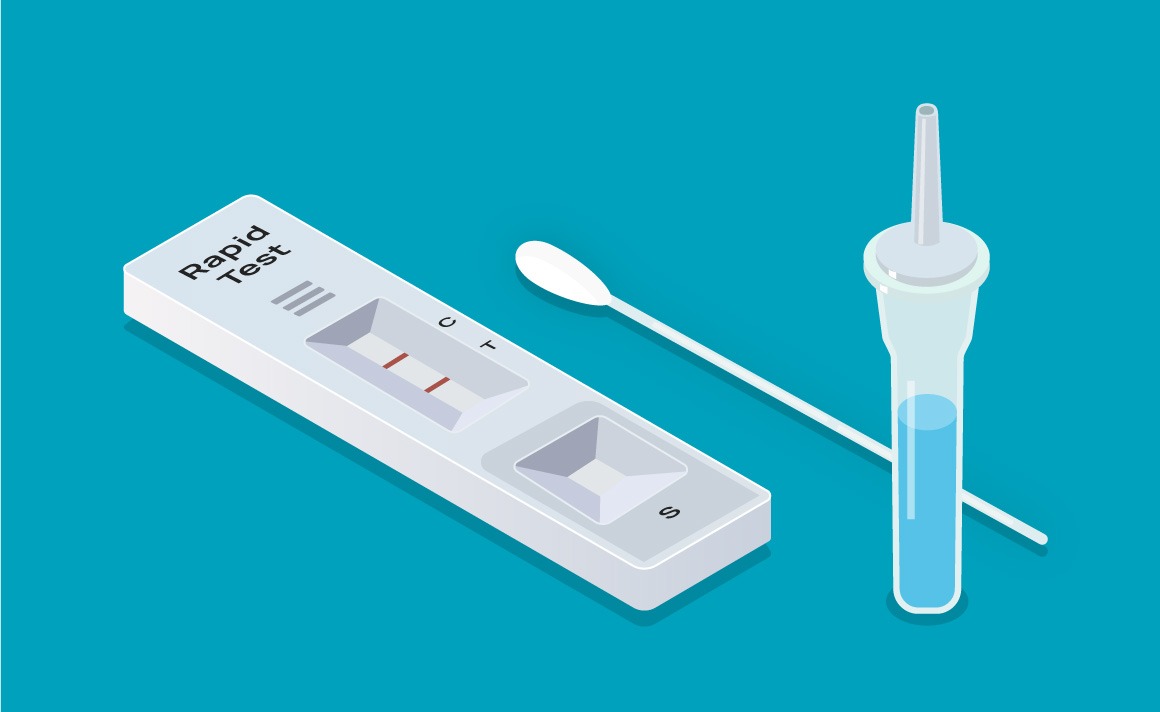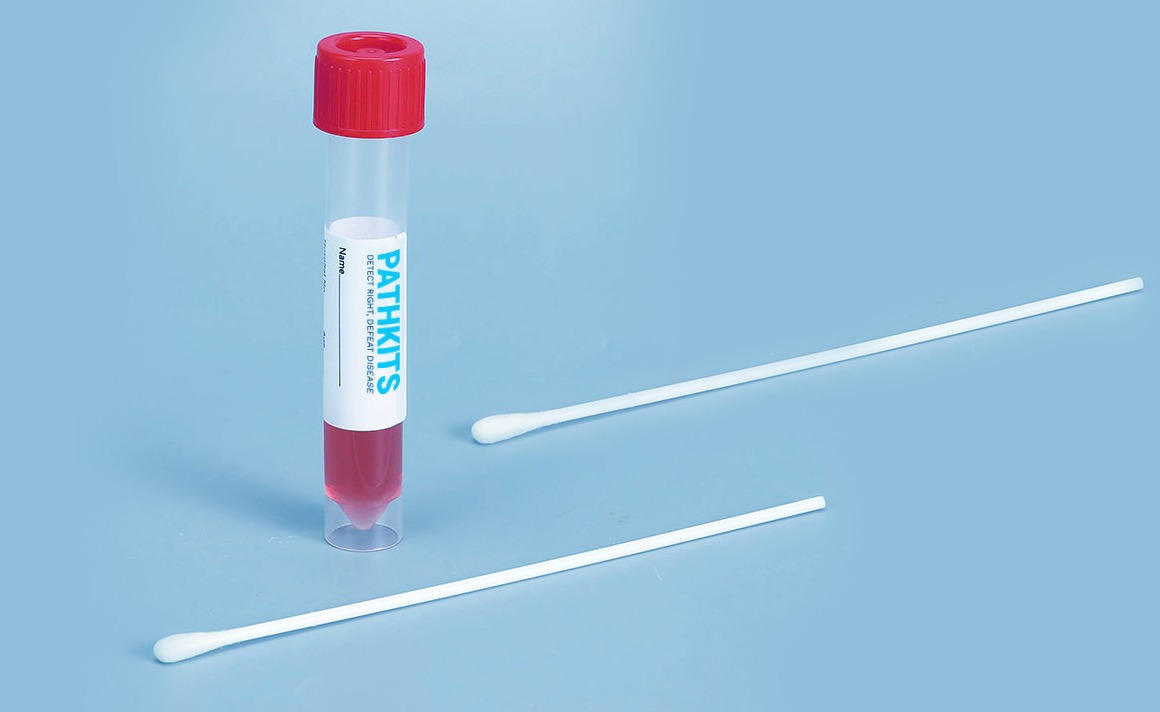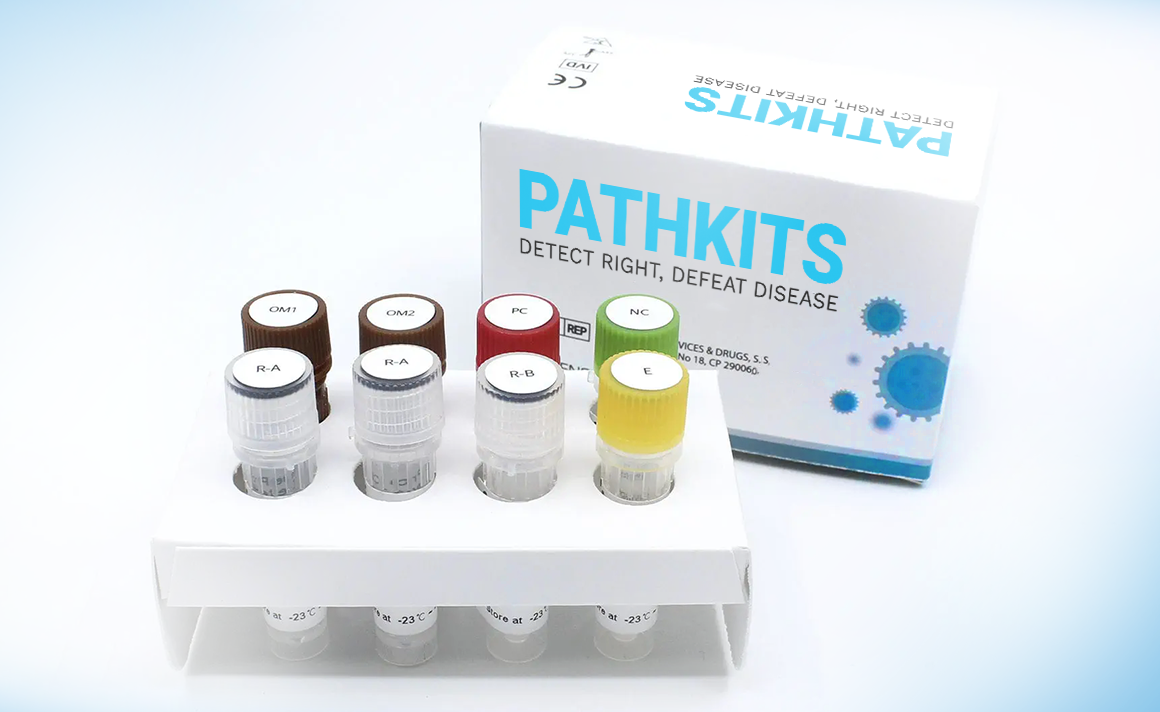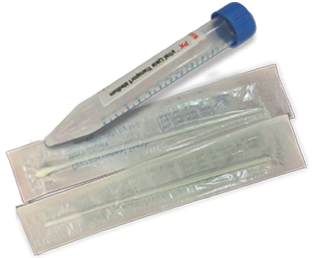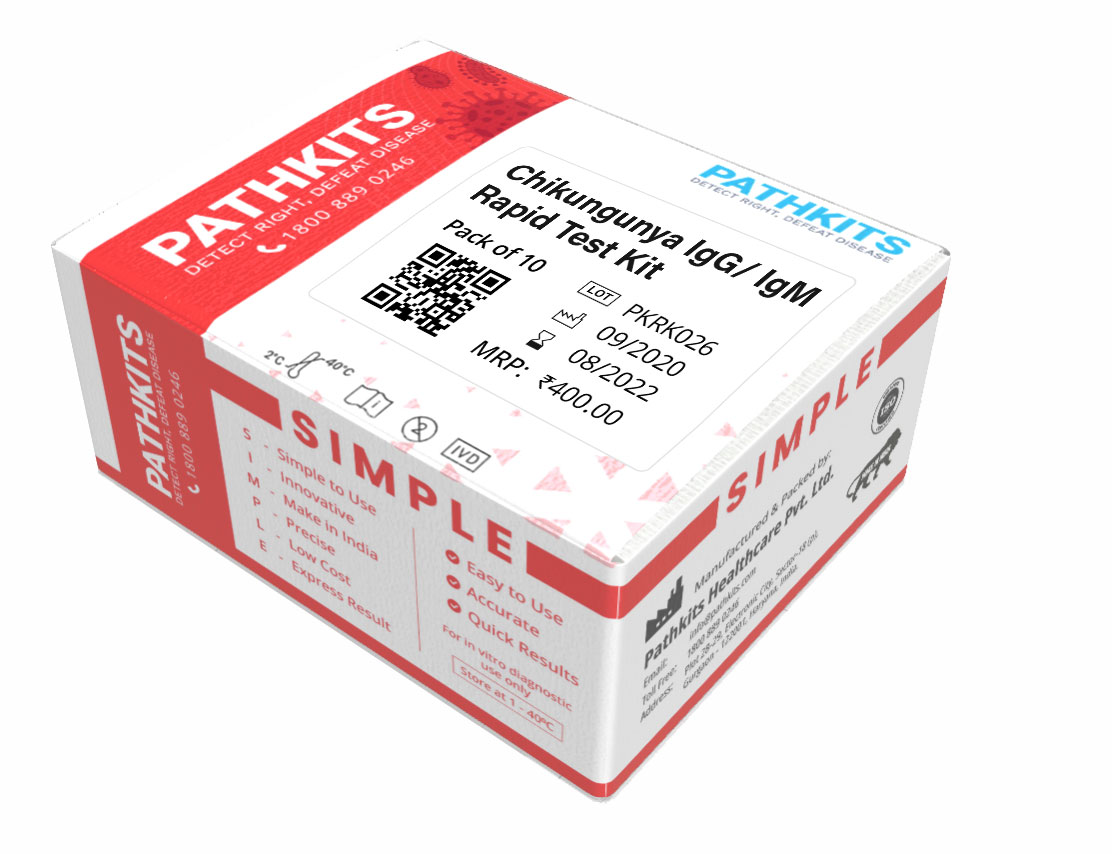
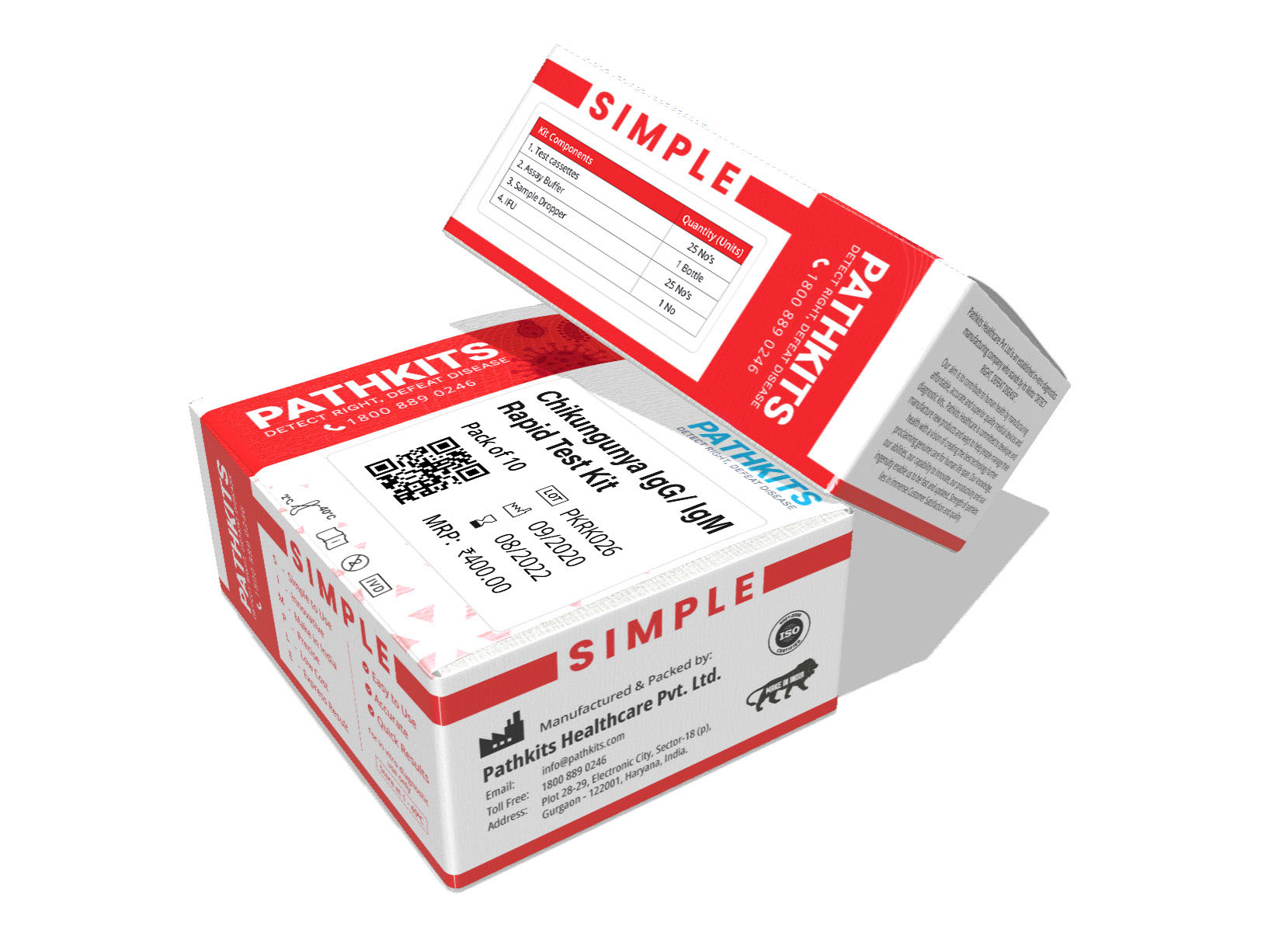
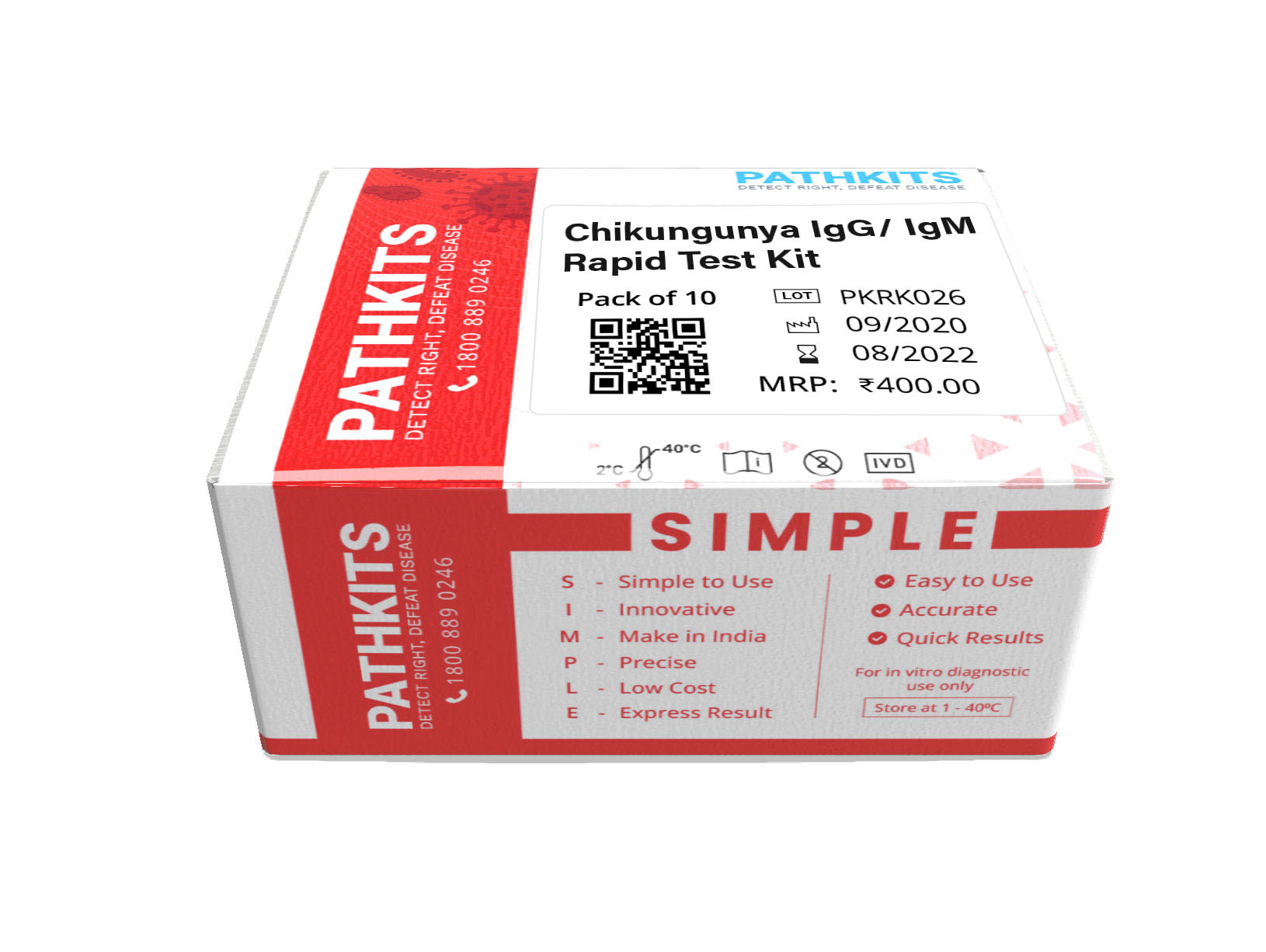
Liquid Based Cytology (LBC)
Liquid Based Cytology kit is designed to produce a more representative sample of the specimen, with reduced obscuring background material. The liquid-based cytology technique involves not making a smear of the material obtained on the spatula/collection device but rinsing it in a preservative fluid so generating a suspension of cells that is subsequently used to deposit a monolayer of cells on the slide.
Pack Size:
Price: Rs.1100 Rs.10000
REQUEST BULK QUOTE
Product Description :
Product code : PKIVD001
Chikungunya virus is a mosquito-transmitted alpha virus belonging to the Togaviridae family, first isolated in Tanzania in 1952. Three lineages with distinct genotypic and antigenic characteristics have been identified. Chikungunya virus is endemic to some parts of Africa and causes recurrent epidemic waves in Asia and the Indian subcontinent. At the end of 2013 the virus emerged in the Americas (1). Human beings serve as the main Chikungunya virus reservoir during epidemic periods. In Africa, some animals constitute the virus reservoir during non-epidemic periods sustaining virus circulation. Clinical signs of Chikungunya virus infection include sudden onset fever and severe arthralgia (joint pain) affecting mainly the extremities but also the larger joints. Erratic, relapsing, and incapacitating joint pain is the hallmark of Chikungunya virus. Up to 12% of patients still have chronic joint pain three years after the onset of their illness (2). Other symptoms of the infection (headache, fatigue and rash) are common among many arboviral infections including Chikungunya virus. There is no specific therapy for Chikungunya virus infection. Patients are symptomatically treated with anti-inflammatory medication. The death rate is not high, but excess mortality has been observed occurring together with larger Chikungunya virus outbreaks. Diagnosis is based on the detection of virus by molecular methods or by virus culture in the first days of infection before an antibody response is evident. IgM anti-ChikV is detectable two to three days at the onset of symptoms and persists for several weeks up to three months (3). Chikungunya virus specific IgG appears soon after IgM antibodies and persist for years. Simple Chikungunya IgG/IgM is a new generation rapid Immuno-chromatographic test using recombinant chikungunya viral antigens of both wild type and mutant type to detect specific antibody response.
Salient Features:

Liquid Based Cytology kit is based on Phosphate Buffered Saline (PBS).

Antimicrobial agents (Antibiotic & Anti-fungal) to control microbial contamination.

The sterile swabs on a plastic shaft with a breakpoint for collecting nasal and throat samples.

Sample collection vial (with preservative fluid).

Sterile cytology brush (cytobrush).
Characteristics
We are committed to working with you to improve outcomes for patients and caregivers.
| Color | Colorless |
|---|---|
| Appearance | Clear (No visual turbidity) |
| Sterility | No growth |
| Storage Temperature | 15-30°C |
| Specimen | Sterile cytology brush (cytobrush) |
Ordering Information
| Product | Storage temperature | Test/Kit |
|---|---|---|
| Liquid Based Cytology (LBC) | 2-40°C (36-104°F) | 20T/kit |
| Liquid Based Cytology (LBC) | 2-40°C (36-104°F) | 25T/kit |
| Liquid Based Cytology (LBC) | 2-40°C (36-104°F) | 30T/kit |
| Liquid Based Cytology (LBC) | 2-40°C (36-104°F) | 40T/kit |
| Liquid Based Cytology (LBC) | 2-40°C (36-104°F) | 50T/kit |

